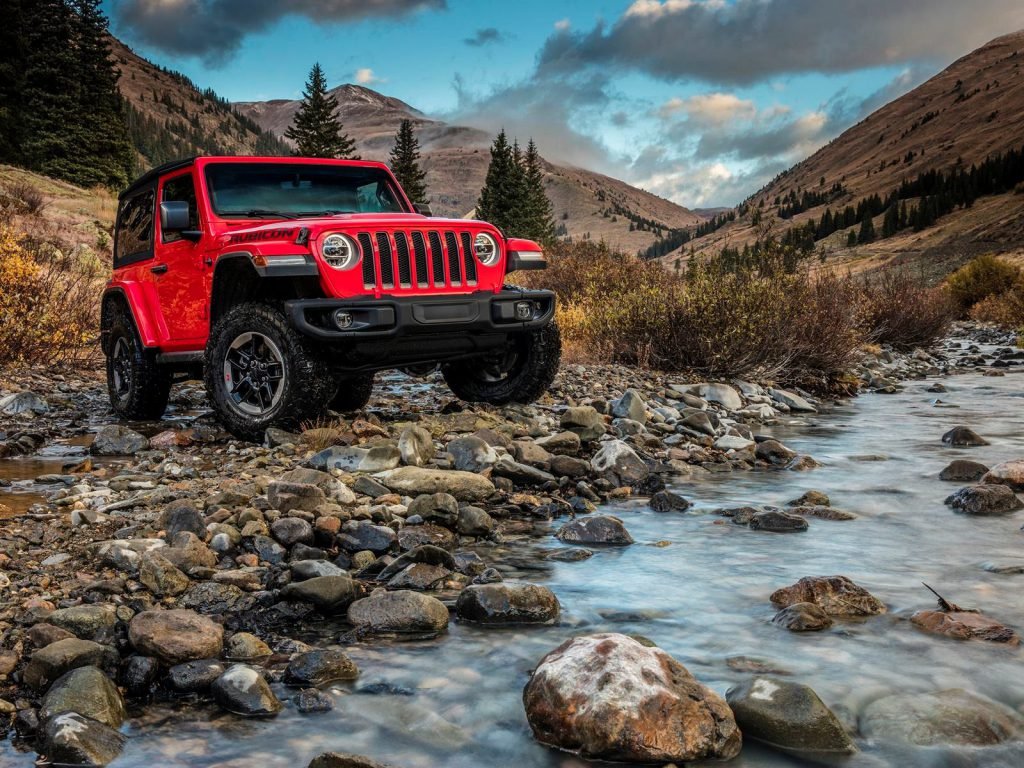We’ve heard about airless tires for years, but where are they?
For all of the innovation we have seen in the automotive industry over the last century, one of the most perplexing continues to be the airless tire. Here is a technology that effectively fixes most, if not all, of the downsides of the ubiquitous pneumatic tire (puncture-proof, no flats, etc.), yet even after countless iterations and decades of research, the technology hasn’t become mainstream.
We wanted to dive into the subject, looking at the technology’s history and seeing where it is today to figure out how airless tires fit into the current automotive landscape and let you know when you can expect to grab a set for your Model 3 in the future.
Why Airless Tires?
First, we must address the question: “Why build an airless tire?” Traditional tires can trace their history back to 1888 when John Dunlop fitted his son’s bike with the first conventional pneumatic tire to smooth out the ride. A few years later, French rubber maker Michelin introduced the technology to passenger cars, and it revolutionized the industry by facilitating smoother rides, better efficiency, and allowing for higher speeds.
Many tire advancements have come between then and now, but there are still some obvious drawbacks to the design, the biggest being the fact they can go flat. Whether this be the result of a nail, a pothole, or a production defect, the fact your tire can deflate at almost any time is not only costly but also potentially very dangerous if it happens suddenly and violently.
Downsides To Airless Tires
So what happened? One would think with a few decades’ head start, we’d all be riding around on this new technology, but its inherent limitations have turned out to be very difficult to overcome. For years, the only vehicles that have been able to make use of the technology are low-speed and heavy-duty machinery because while the designs are durable, they’ve until recently proven incapable of handling the rigors of the mass market.
For all of the faults of traditional pneumatic tires, the air used in them does two things very well – dissipate heat and smooth out the ride. Making a tire that is durable but not too rigid is hard enough, but also needing it to be pliable and heat-resistant throws a wrench into the mix. Then you need to worry about low rolling resistance, the tire’s weight, and its higher production cost. Pneumatic tires also allow you to adjust air pressure to compensate for different loads and grip situations.
Not to mention, it needs to be able to start, stop, and turn just as well as a normal tire; otherwise, there’s no way the US government will approve it for road use. There are so many ways for things to go wrong the industry has to take its time ensuring it gets it right from the outset, lest innocent lives be lost in the pursuit of innovation.



